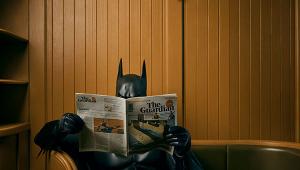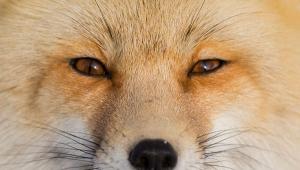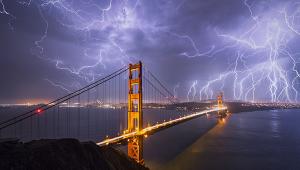The Eye Has It: Jim Graham’s Elegant Landscapes Examine The Beauty Of Isolation

All Photos © Jim Graham
We assumed the first thing Jim Graham does in order to create his elegant landscape images is decide how to isolate his subjects from distracting backgrounds to achieve the always-desired single subject, clearly defined.
We were wrong. The first thing he does is ask himself: What do I see? Then he asks: How do I use the camera to communicate the feeling I have about what I see?
The answers, coupled with his skill at the striking use of color, form, and light within the frame, often result in symbolic representations of personal stories and feelings far beyond the literal subject in the frame.
Simply put, Jim Graham is out to say a lot more than “Isn’t this a pretty picture?”



Speaking For Themselves
“Getting to the story in an image comes from my newspaper background,” Graham says. “I had a job to do: get across an idea or a feeling that would draw viewers in. I had to be a visual communicator. I was not in the business of taking photographs that had to be explained.”
Graham tells of a class he took with Bob Gilka, the legendary former director of photography at National Geographic magazine. “Gilka said that if you’ve got to explain a photo, you might want to go back and reshoot. You can translate that idea from my newspaper work to the feelings I try to portray in my landscape work today.”
His class with Bob Gilka is indicative of the way Jim Graham thinks about photography, and how he strives to keep his images far from the merely pretty. “I’ve had people who see my work ask me, ‘Why do you take photo workshops all the time? You should be teaching them.’ Okay, I’m flattered by that, sure, but I still believe I can always learn.”
Graham doesn’t take workshops to find out if he needs plus-one exposure compensation for a particular situation. He doesn’t necessarily need to know how the instructors make pictures; he wants to know how they think about making pictures. “I want to know Bob Gilka’s ideas about storytelling; and John Paul Caponigro’s ideas about art; and Greg Heisler’s about light; and Eddie Soloway’s about seeing color.”



Line Of Sight
And because everything we do isn’t a conscious decision, a workshop once revealed something about Graham’s own expression of style and technique. “Caponigro told me something I wasn’t aware of—that there was a line I worked with all the time. I mean a literal line, an arc of light, shape, object, or reflection. It’s almost always there, and it leads a viewer’s eye into the scene or directs it within the frame. The line is movement, and I think I instinctively, and unconsciously, search for and include it.”
A viewer following that arc stays in the image, notices other elements, and comes back around on the arc. “And if you can keep a viewer looking at an image for more than five seconds,” Graham says, “keep him thinking about it, maybe asking a question or coming up with a story about the image, you win.”
When Graham saw the image selections we’d made for this story, he said, “Thematically, most of the photographs you’ve chosen are all talking about isolation. That was the answer to the first question: What do I see? Once I knew that, I knew what to include, what to exclude, and how to use everything else—the camera, the lens, the framing, the composition—to speak for me.”


You can see more examples of Jim Graham’s fine art landscape photography, as well as his corporate and wedding images, at his website: www.jimgrahamphotography.com.
- Log in or register to post comments
















































